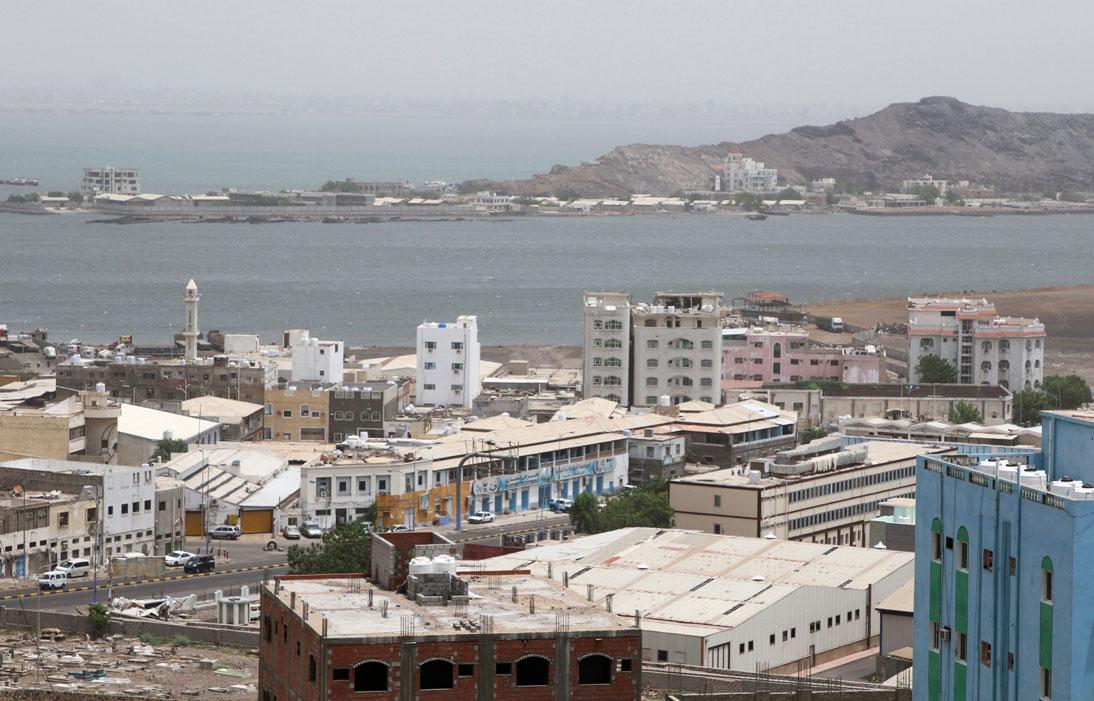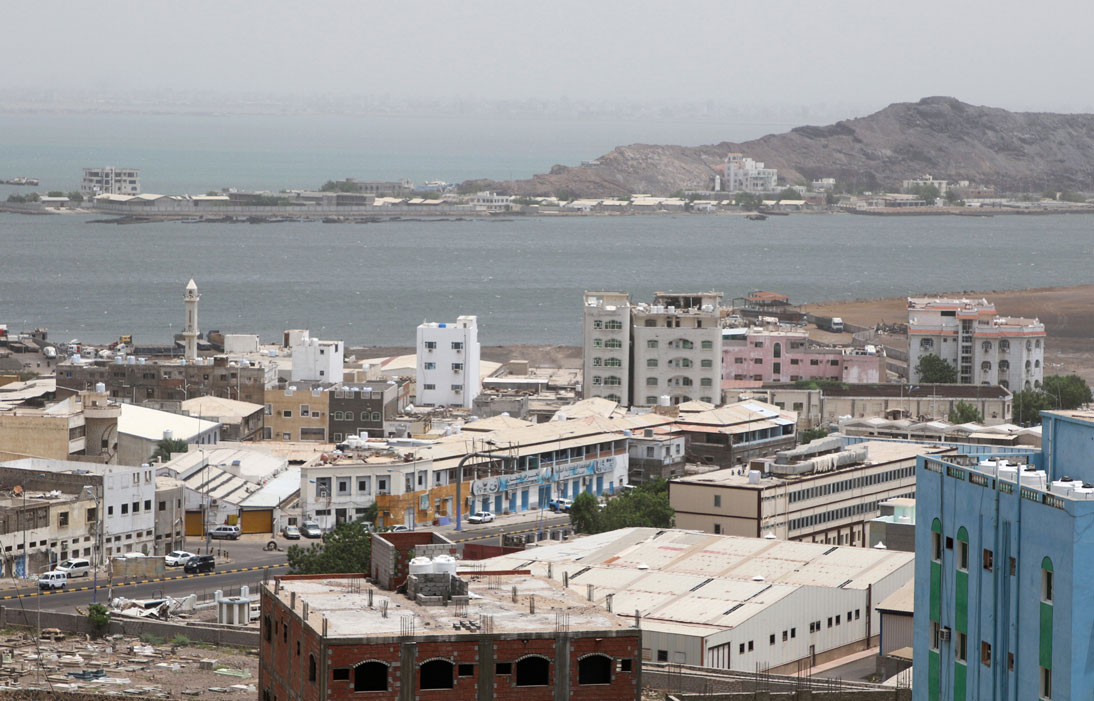Facing the new realities of Yemen
It is time to face the painful reality in Yemen. At the top of the list of the things that must be accepted is that a return to a united Yemen is no longer possible. At the same time, it is impossible to revive a country that was once called South Yemen and which at one point was going by the name of the People's Democratic Republic of Yemen.
Once there is enough courage in and outside Yemen to deal with the Yemeni situation from perspectives totally unrelated to the past, it will be possible to search for a new formula for a country that has become virtually fragmented after the fall of what was called its “centre,” Sanaa.
Why did Yemen’s unity fail? Well, it comes back to Ali Abdullah Saleh, the first and last president of unified Yemen. One can say a lot of good things and a lot of bad things about him.
Yemen’s unification was achieved in May 1990. In practice, unity has lasted 21 years. Another view says that it lasted no longer than four years when the other unity partner, Ali Salem al-Beidh, reneged on the unification agreement with the outbreak of the civil war in 1994. Beidh was entrenched in Aden during that war.
The 1994 war ended with the fall of Aden to forces loyal to Saleh and, since then, the unified Yemen was no longer the same. In four years before the war, there was some sort of north-south balance between Saleh and what Beidh represented. Beidh was secretary-general of the Yemeni Socialist Party, which ruled the south before unification.
When the north-south balance ceased to exist, the laws that governed the Arab Republic of Yemen -- North Yemen -- were extended to the rest of the country in an attempt by the Muslim Brotherhood to find a new balance of power at the level of the newly unified state.
The Muslim Brotherhood was once the most powerful faction of the Yemeni Rally for Reform Party and it sought to replace the southern Socialist Party in the power-sharing formula. It did that after the death of Sheikh Abdullah bin Hussein al-Ahmar, leader of the Hashid tribe and head of al-Islah Party.
It was the Brotherhood's lust for power that was behind the loss of Sanaa to the Huthis on September 21, 2014.
Sanaa’s role as the symbol and centre of Yemen’s unity had ended before the Huthis entered it, however. That role ended when it became the ground for confrontations between Saleh’s supporters and backers of the Muslim Brotherhood in 2011.
Aden’s role as the capital of South Yemen ended in stages. Since independence in 1967 and until the declaration of Yemen’s unification from Aden itself, South Yemen’s history was a succession of civil wars and assassinations that resulted in many victims. As an independent state, South Yemen was never a viable and sustainable entity.
If one brings up the subject of the future of Aden these days, it is because of the daydreams of those calling for the restoration of the southern state. They do not know whether it may be possible to restore the city of Aden and its immediate surroundings but it would be impossible to restore the whole of the southern state in its six provinces (Aden, Lahji, Abyan, Shabwa, Hadramawt and Mahrah).
Aden may still have a place in a new entity under a federal or confederate regime but there is no way for Aden and Hadramawt to return under one state, just as Yemen cannot be unified and ruled from Sanaa again.
Certain things are possible in Yemen and others are impossible, regardless of the slogans from this party or the other. There is a new reality in Aden and it is the same in every region of Yemen. Could this reality evolve in the direction of transforming the city, with its strategic port, airport and surrounding areas, into a safe place where Yemenis can live in reasonable conditions? This is the real challenge before the Southern Transitional Council.
As to the future of Yemen, it will be decided only through a dialogue between all concerned parties who have weight on the ground, within the context of a national conference.
It will not be easy to bypass the Huthis, who have a presence in northern Yemen, just as it is not easy to ignore that the north is not Huthi only. We should not ignore that Aden is closer to Taiz than to Hadramawt and that it is no longer easy to bring together the two largest cities in Yemen -- Sanaa and Taiz -- after the sectarian rift that has been created, courtesy of the Muslim Brotherhood and the Huthis, in a country that has not known such sensitivities.
The events in Aden not only served to expose the weakness of the so-called legitimacy camp but also ushered a turning point that could lead Aden to regain some of its past glory by providing the necessary services and security for its people. This is the real challenge for the Southern Transitional Council, not that of reviving a defunct state in the south dating to the pre-unification era.


